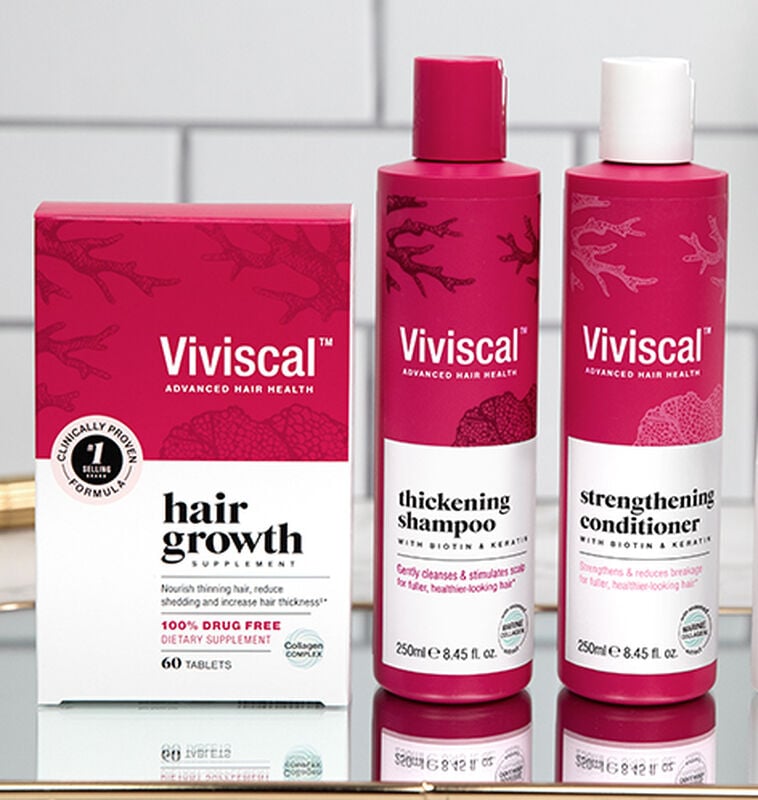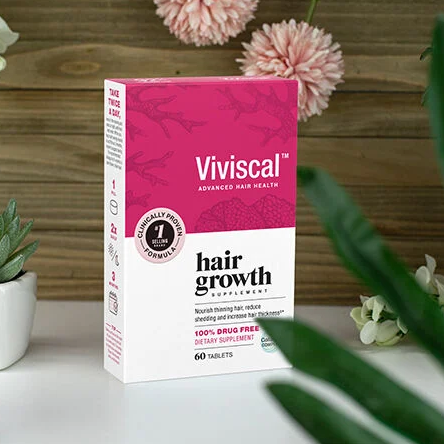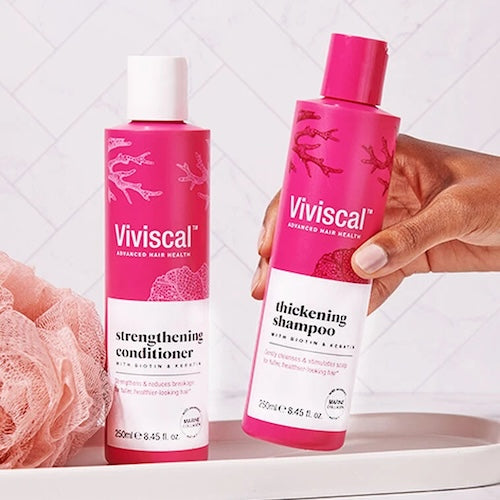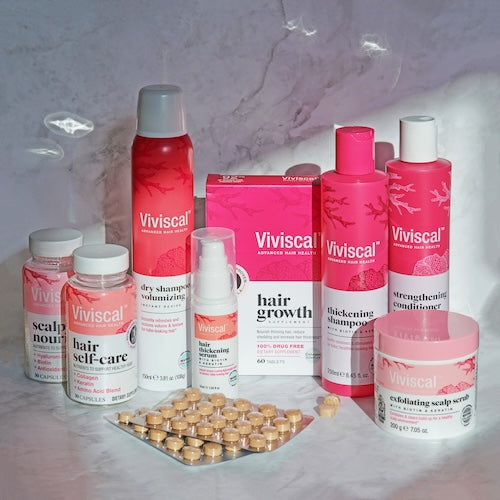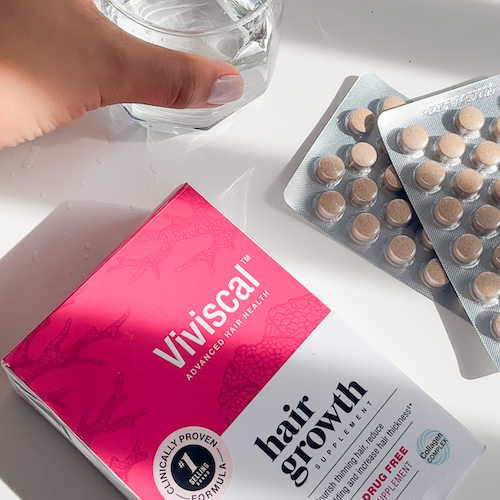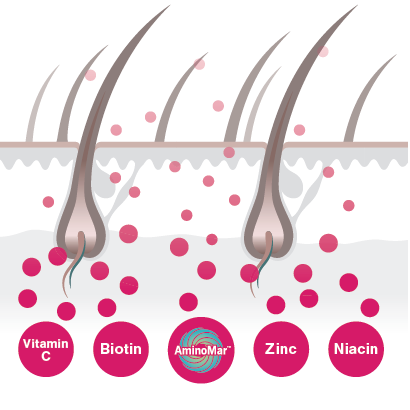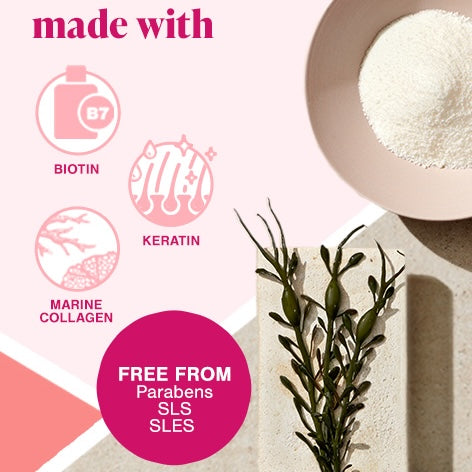Hair Blog
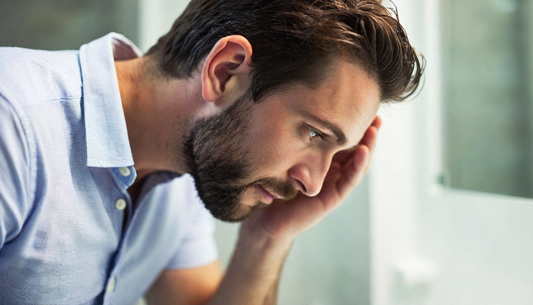
The Scoop on Men’s Hair Loss
Have you experienced that dreaded feeling when you look in the mirror and start to think that your hair line is a bit further back than you remember? Questions race...
The Scoop on Men’s Hair Loss
Have you experienced that dreaded feeling when you look in the mirror and start to think that your hair line is a bit further back than you remember? Questions race...
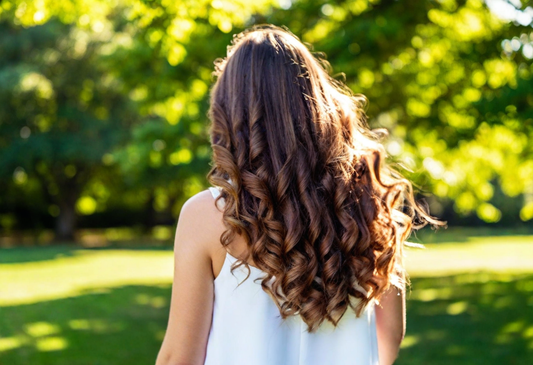
How to choose the best hair thickening shampoo
Beautiful, luxurious locks. Thick, stylable hair. That’s the hair dream and you may be wondering if choosing a hair thickening shampoo can help you achieve that dream. When you have...
How to choose the best hair thickening shampoo
Beautiful, luxurious locks. Thick, stylable hair. That’s the hair dream and you may be wondering if choosing a hair thickening shampoo can help you achieve that dream. When you have...
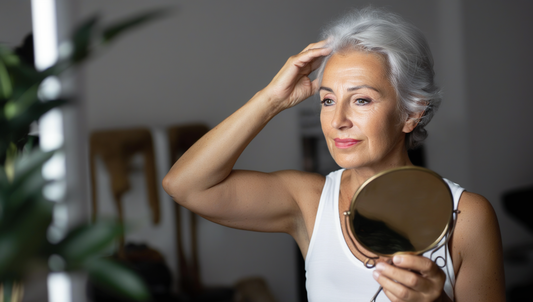
Solutions for Aging Hair
Wonder what is coming down the pike as the years start ticking higher in number? Ever worry that your hair is making you look older than you feel? Gray, thinning,...
Solutions for Aging Hair
Wonder what is coming down the pike as the years start ticking higher in number? Ever worry that your hair is making you look older than you feel? Gray, thinning,...

How to Add Volume to Thin Hair
How do I get more volume in my thin, fine hair? We get this question a lot at Viviscal! Many women, especially those over 40, struggle with thinning hair and...
How to Add Volume to Thin Hair
How do I get more volume in my thin, fine hair? We get this question a lot at Viviscal! Many women, especially those over 40, struggle with thinning hair and...

How to Choose the Best Hair Color for Thin Hair
Many women experience hair loss or thinning at some point in their lives, whether due to genetics, age, or other factors. The good news is that there are many ways...
How to Choose the Best Hair Color for Thin Hair
Many women experience hair loss or thinning at some point in their lives, whether due to genetics, age, or other factors. The good news is that there are many ways...
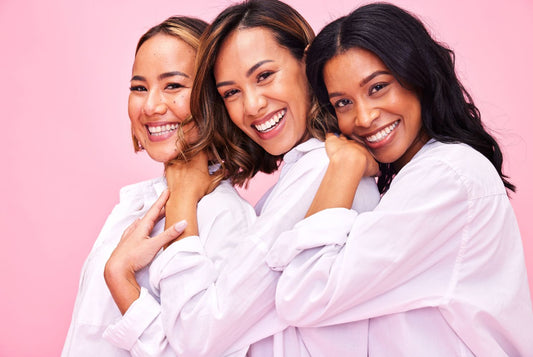
How to Add Volume to Your Hair: The Ultimate Guide
Are you wondering how to add volume to your hair? You’re certainly not alone. Many women struggle with flat hair. The good news is that there are many ways to...
How to Add Volume to Your Hair: The Ultimate Guide
Are you wondering how to add volume to your hair? You’re certainly not alone. Many women struggle with flat hair. The good news is that there are many ways to...
